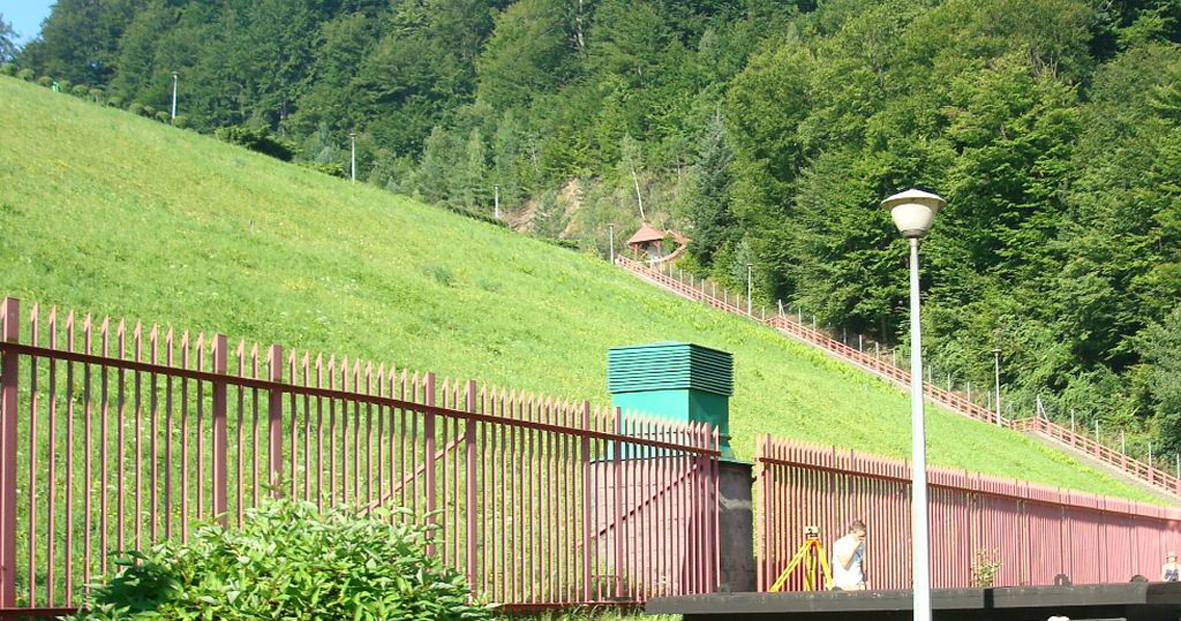Determining the trend of geometrical changes of a hydrotechnical object based on data in the form of LiDAR point clouds
1
Faculty of Geodesy and Cartography, Warsaw University of Technology, Poland
Submission date: 2023-08-04
Acceptance date: 2023-08-29
Publication date: 2024-04-02
Corresponding author
Janina Zaczek-Peplinska
Faculty of Geodesy and Cartography, Warsaw University of Technology, pl. Politechniki 1, room 304, 00-661, Warsaw, Poland
Faculty of Geodesy and Cartography, Warsaw University of Technology, pl. Politechniki 1, room 304, 00-661, Warsaw, Poland
Archives of Civil Engineering 2024;70(1):305-323
KEYWORDS
LiDARnormal vectorspoint cloudsterrestrial laser scanningdeformations of hydrotechnical structurescluster algorithm
TOPICS
ABSTRACT
Research on the methods of analyzing geodetic monitoring data (manual and automatic) and sensor data is vital for assessing the technical condition and safety of facilities, particularly when utilizing new measurement technologies.
Emerging technologies for obtaining data on the changes in the surface of objects employ laser scanning techniques (such as LiDAR, Light Detection, and Ranging) from various heights: terrestrial, unmanned aerial vehicles (UAVs, drones), and satellites using sensors that record geospatial and multispectral data. This article introduces an algorithm to determine geometric change trends using terrestrial laser scanning data for both concrete and earth surfaces. In the consecutive steps of the algorithm, normal vectors were utilized to analyze changes, calculate local surface deflection angles, and determine object alterations. These normal vectors were derived by fitting local planes to the point cloud using the least squares method.
In most applications, surface strain and deformation analyses based on laser scanning point clouds primarily involve direct comparisons using the Cloud to Cloud (C2C) method, resulting in complex, difficult-to-interpret deformation maps. In contrast, preliminary trend analysis using local normal vectors allows for rapid threat detection. This approach significantly reduces calculations, with detailed point cloud interpretation commencing only after detecting a change on the object indicated by normal vectors in the form of an increasing deflection trend. Referred to as the cluster algorithm by the authors of this paper, this method can be applied to monitor both concrete and earth objects, with examples of analyses for different object types presented in the article.
Share
RELATED ARTICLE
We process personal data collected when visiting the website. The function of obtaining information about users and their behavior is carried out by voluntarily entered information in forms and saving cookies in end devices. Data, including cookies, are used to provide services, improve the user experience and to analyze the traffic in accordance with the Privacy policy. Data are also collected and processed by Google Analytics tool (more).
You can change cookies settings in your browser. Restricted use of cookies in the browser configuration may affect some functionalities of the website.
You can change cookies settings in your browser. Restricted use of cookies in the browser configuration may affect some functionalities of the website.




